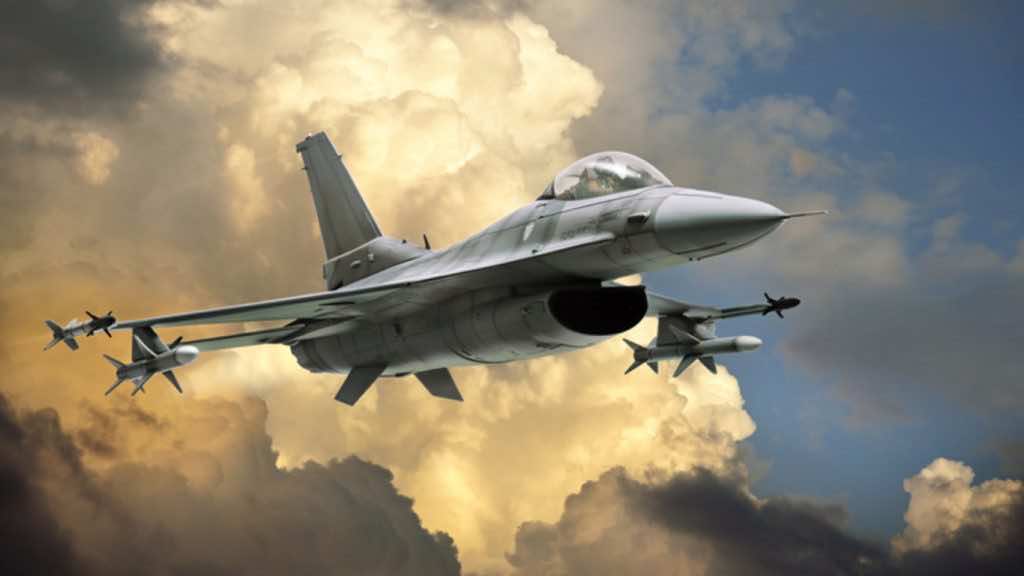In April 2022, an operational evaluation of the “Angry Kitten” Combat Pod electronic attack system showed that it could quickly re-program itself between flights.
The Strategic Development Planning and Experimentation Office of the Air Force Research Laboratory paid for this operational evaluation as part of the App-Enabled Rapidly Reprogrammable Electronic Warfare/Electromagnetic Systems experiment. It is AERRES for short.
On an F-16 “Fighting Falcon” assigned to the 53rd Wing, the Operational Flight Program Combined Test Force tested the Angry Kitten electronic countermeasures combat training pod at the Joint Preflight Integration of Munitions and Electronic Systems, or J-PRIMES, test facility at Eglin Air Force Base, Florida, from October 18, 2021, to November 5, 2021.
Keith Kirk, the experiment program manager, stated that AERRES is evaluating the operational utility and competitive advantages of open hardware/software architectures and standards.
“Over the past four years, it has been well documented in the strategic guidance that we have to do this,” Kirk said. “This is the first operational assessment of a possible electronic warfare system that could be deployed and ready for battle for fighter planes heading in that direction.”
The objective of the experiment was to demonstrate how this new government-owned architecture could be used to handle threat systems that change their radio frequency signature quickly to make it harder for American planes to find and attack them.
As the electronic warfare environment changes, the “Angry Kitten” design makes it easier to update or re-program the system.
“The hardware and software ‘stovepipe’ solutions common across the Air Force’s enterprise make it much harder for the Air Force to adapt quickly to new electromagnetic system threats and defeat them,” he said. “AERRES is demonstrating open hardware/software solutions that allow platforms to upgrade capability by swapping hardware modules and/or software apps to change electromagnetic systems’ offensive and defensive effects.”
Graham, the F-16CM electronic warfare test director for Air Combat Command’s Operational Flight Program Combined Test Force, says that the government-owned software makes it easy for programmers to update the software and add new mission data files immediately.
The team worked together with the Air Force Life Cycle Management Center’s Agile Combat Support Directorate to test and confirm these modifications in labs at Robins Air Force Base, Georgia, before the flight test event.
“The flexibility of the Angry Kitten technique description language enabled daily mission data file changes based on open-air testing observations to enhance effectiveness against a multi-threat environment,” Graham said.
He stated that this evaluation was done to discover how well and how well-suited the combat pod was and to get an operational feedback for future application.
“The software was updated within hours based on the performance they were seeing against certain threats and then improved, and those improvements were verified during flight test the following day. That’s tough to do with software and tools that are not designed to open standards,” he added. “The AERRES experiment is demonstrating app-like capabilities for the 350th Spectrum Warfare Wing, and the electronic warfare enterprise in general,” Kirk noted. “We are making great progress toward software-enabled electronic warfare systems that allow us to quickly update our effects based on the changes in the radio frequency environment and the type of effects that we want to make happen,” he added.

